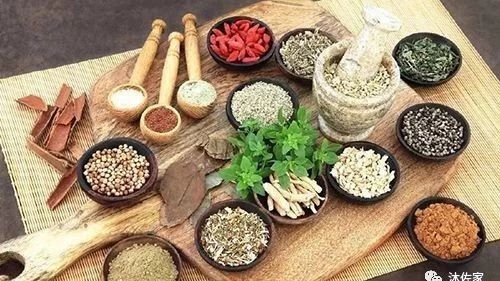Updated Treatment Plan for Exogenous Diseases in Traditional Chinese Medicine – Fifth Edition
The COVID-19 pandemic has gradually faded from our view, but recently it has shown a slight resurgence. Therefore, I thought it would be a good opportunity to reorganize some content regarding exogenous diseases. First, it is essential to understand that exogenous wind-cold, whether it is COVID-19, H1N1, other influenza viruses, or a common cold, is … Read more








